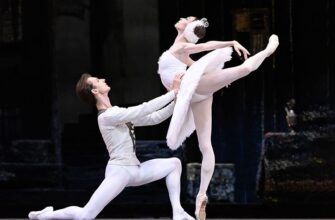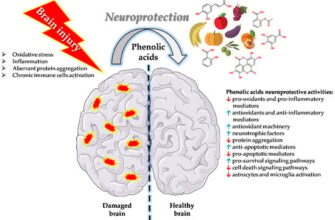In an era where environmental discourse often contends with a pervasive sense of apathy, the First International Ecological Biennial in Nizhny Novgorod, Russia, recently offered a compelling counter-narrative. This unique event, showcasing works from contemporary artists across the globe, has transformed historical and repurposed urban spaces into vibrant forums for critical ecological discussion.
The success of the Biennial was perhaps most evident during its special “Biennial Night.” For six hours, the public was granted complimentary access to the exhibitions. The result? Long queues snaking around venues and exhibition halls bustling with visitors—a sight that might prompt a wry observation: humanity, it seems, is quite prepared to confront pressing global crises, provided the admission is free. Nevertheless, the tangible enthusiasm demonstrated a clear appetite for meaningful engagement with environmental themes, particularly when presented through the evocative medium of art.
Artistic Vision: “The Skin of the Earth”
The Biennial’s expansive reach covers six distinct venues, including the newly adapted exhibition spaces of the former Mytny Market and the stately 1986 Ermolaev Merchants` Hotel, strategically located at the picturesque confluence of the Oka and Volga rivers. This integration of historical architecture with contemporary concerns underscores a nuanced approach to heritage and future alike.
A central tenet of the Biennial is encapsulated in its primary exhibition theme: “The Skin of the Earth.” This evocative title frames our planet not as an unyielding, infinite resource, but as a living, delicate entity, its outer layer as vulnerable to degradation as human skin. It is a metaphor that immediately grounds the abstract concept of ecological balance in a relatable, physiological context.
Unpacking Complexities: From Bees to Bio-Robotics
The artistic projects featured at the Biennial delve deep into both ancient narratives and hyper-modern challenges. One poignant focus addresses the alarming plight of bees, underscoring their critical role in global ecosystems and highlighting the imminent threat of their disappearance should humanity fail to implement urgent conservation measures. This is not merely an artistic depiction but a stark, data-informed warning, presented with visual and conceptual power.
Beyond natural history, artists also venture into speculative and experimental territories. Exhibitions explore groundbreaking advancements and ethical dilemmas in bio-genetics and robotics, examining how human ingenuity, while capable of remarkable feats, also carries profound responsibilities for the future of life and artificial intelligence. The intentional incorporation of unusual natural materials throughout these installations further emphasizes the intrinsic connection between artistic creation and the organic world it seeks to interpret and protect.
In essence, the Biennial compels its audience to reflect on the multifaceted nature of human activity. It is a subtle yet firm reminder that while humanity possesses the capacity for immense creation and destruction, our collective actions irrevocably shape the trajectory of Earth`s delicate processes. Each artist, through their unique vision and distinctive style, transforms these complex scientific and societal issues into accessible, emotionally resonant experiences.
A Catalyst for Consciousness
The First International Ecological Biennial in Nizhny Novgorod stands as a significant cultural event, demonstrating that art is far more than a decorative element of society. It is a potent catalyst for dialogue, a mirror reflecting our current ecological predicament, and a window to potential futures. By successfully drawing in a diverse public and presenting critical environmental challenges in an engaging, unconventional format, it underscores a fundamental truth: the preservation of our collective “Skin of the Earth” is not solely a scientific or political imperative, but a profound cultural and ethical one.








